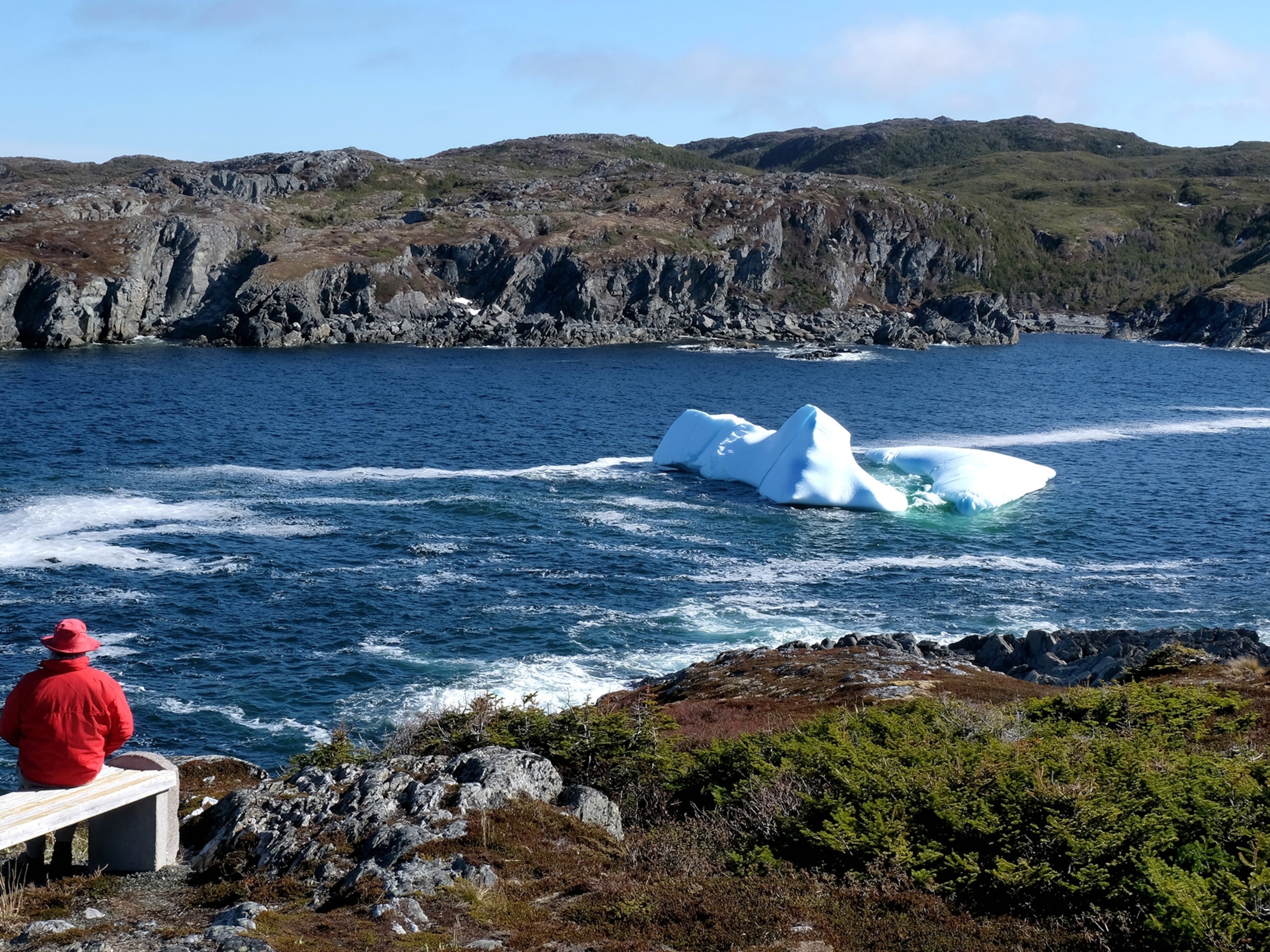
This Park is 'An Open Book on the Last Ice Age'
Location: Alaska
Established: December 2, 1980
Size: 3,280,198 acres
When Capt. George Vancouver sailed the Alaska coast in 1794, Glacier Bay did not exist. It lay beneath a sheet of glacial ice several miles wide and thousands of feet thick. Since then, in one of the fastest glacial retreats on record, the ice has shrunk back 65 miles to unveil new land and a new bay, now returning to life after a long winter's sleep.
Scientists call Glacier Bay a living laboratory for the grand processes of glacial retreat, plant succession, and animal dynamics. It is an open book on the last ice age. At the southern end, where the ice departed 200 years ago, a spruce-hemlock rain forest has taken root. Farther north, the more recently deglaciated land becomes rugged and thinly vegetated.
The bay branches into two major arms, the west arm and Muir Inlet, which themselves branch into smaller inlets. There, on slopes deglaciated 50 to 100 years ago, alder and willow grow, while mosses, mountain avens, and dwarf fireweed pioneer areas exposed within 30 years.
The new vegetation creates habitats for wolves, moose, mountain goats, black bears, brown bears, ptarmigan, and other wildlife, and the sea supports a food chain that includes salmon, bald eagles, harbor seals, harbor porpoises, humpback whales, and killer whales—all in an environment less than 200 years old.
Glacier Bay is home to nine tidewater glaciers that calve. In part because of variations in snow accumulations, most glaciers in the eastern and southwestern areas of the bay are receding, while several on its west side are advancing.
The glaciers calve icebergs that hit the water with a sound like cannon shot. "White thunder," the Tlingit called it, the awesome voice of glacial ice. An iceberg's color often reveals its makeup; dense bergs are blue, while those filled with trapped air bubbles are white.
Related Topics
Go Further
Animals
- This ‘saber-toothed’ salmon wasn’t quite what we thoughtThis ‘saber-toothed’ salmon wasn’t quite what we thought
- Why this rhino-zebra friendship makes perfect senseWhy this rhino-zebra friendship makes perfect sense
- When did bioluminescence evolve? It’s older than we thought.When did bioluminescence evolve? It’s older than we thought.
- Soy, skim … spider. Are any of these technically milk?Soy, skim … spider. Are any of these technically milk?
- This pristine piece of the Amazon shows nature’s resilienceThis pristine piece of the Amazon shows nature’s resilience
Environment
- This pristine piece of the Amazon shows nature’s resilienceThis pristine piece of the Amazon shows nature’s resilience
- Listen to 30 years of climate change transformed into haunting musicListen to 30 years of climate change transformed into haunting music
- This ancient society tried to stop El Niño—with child sacrificeThis ancient society tried to stop El Niño—with child sacrifice
- U.S. plans to clean its drinking water. What does that mean?U.S. plans to clean its drinking water. What does that mean?
History & Culture
- Meet the original members of the tortured poets departmentMeet the original members of the tortured poets department
- Séances at the White House? Why these first ladies turned to the occultSéances at the White House? Why these first ladies turned to the occult
- Gambling is everywhere now. When is that a problem?Gambling is everywhere now. When is that a problem?
- Beauty is pain—at least it was in 17th-century SpainBeauty is pain—at least it was in 17th-century Spain
- The real spies who inspired ‘The Ministry of Ungentlemanly Warfare’The real spies who inspired ‘The Ministry of Ungentlemanly Warfare’
Science
- Here's how astronomers found one of the rarest phenomenons in spaceHere's how astronomers found one of the rarest phenomenons in space
- Not an extrovert or introvert? There’s a word for that.Not an extrovert or introvert? There’s a word for that.
- NASA has a plan to clean up space junk—but is going green enough?NASA has a plan to clean up space junk—but is going green enough?
- Soy, skim … spider. Are any of these technically milk?Soy, skim … spider. Are any of these technically milk?
Travel
- What it's like to hike the Camino del Mayab in MexicoWhat it's like to hike the Camino del Mayab in Mexico
- Is this small English town Yorkshire's culinary capital?Is this small English town Yorkshire's culinary capital?
- This chef is taking Indian cuisine in a bold new directionThis chef is taking Indian cuisine in a bold new direction
- Follow in the footsteps of Robin Hood in Sherwood ForestFollow in the footsteps of Robin Hood in Sherwood Forest




